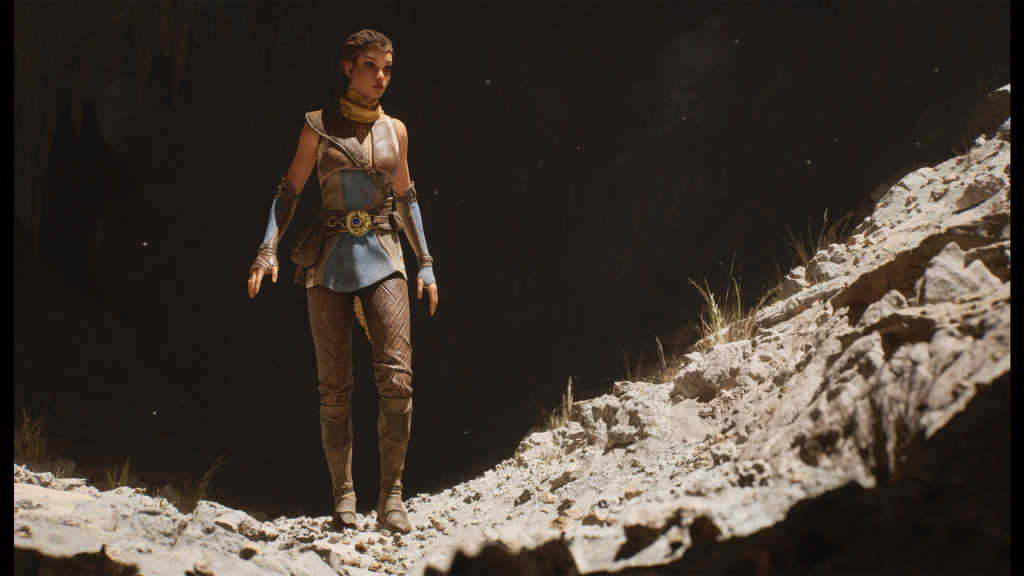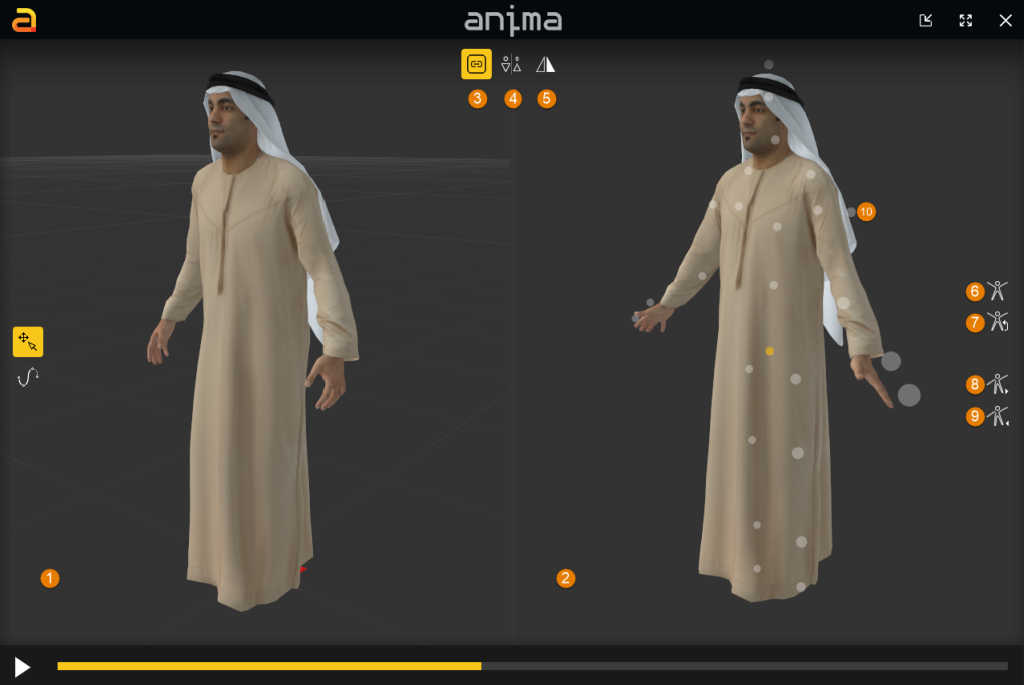To create an animated loading screen, you need to create an animation and then attach it to a game instance. This is done through the FCoreUObjectDelegates:PreLoadMap. For details, check out the wiki page. You will need to create a thread for the animation.
Drag and drop elements
Unreal Engine 5 features a new visual scripting system that lets you create entire games without writing a single line of code. The system is user-friendly and combines the convenience of visual scripting with a simple interface. Once you’ve learned how to use it, you can use it to build a game in no time.
You can use this system to create animated loading screens in UE4. You can drag and drop elements in your game to create a unique animation for your game. Using the UMG interface, you can change how the elements look and interact with the gameplay systems. Drag and drop interactions are easy to create. You can create them by overriding inherited Blueprint Functions.
First, you need to import the. fbx file into your Unreal project. You can import a single texture or multiple textures. If you’re using static meshes, you can choose not to import any textures.
Module: Movie Player
If you’d like to use an animated loading screen in your game, you need to know how to set it up. The Movie Player module is responsible for starting the game and playing startup movies. This module is a separate module that runs before the game engine does, so it can complete its task independently. The module also runs on its own thread, which allows it to play while the engine is waiting for the files to load.
Level Outliner module.
Creating an animated loading screen in Unreal Engine is a simple process and can help your game look more realistic. A simple loading screen can display a variety of information to the player, such as the level’s name and difficulty level. In addition to displaying important information, it can be used to show a game’s progress.

You can create an animated loading screen by using the Level Outliner module. First, you need to create a new level instance. You can create a new level instance by selecting Actors in the Viewport or the Level Outliner. The Actors will be added to the new level. This new level instance will be a sublevel of the persistent level. You can then move the Actors between levels, if necessary.
Another way to create an animated loading screen is to add an element called a splash. The splash can be a simple picture or an image. It’s a great way to make the game look more realistic and to set the mood for the player. It can also be a good way to add a title or a special message for the user.
3D Viewport module
Unreal Engine has a viewport module that lets you view your game in two different views. A perspective view shows the game world in three dimensions while an orthographic view shows the game world in two dimensions. You can change the views using hotkeys.
The first way to change the viewports is to change the rendering mode. You can do this by changing the display configuration asset. Make sure you select the option “Multi-GPU Mode.” This will enable you to render different areas within one large window.

Next, go to the Unreal Editor. In the editor, you’ll find shortcut buttons for preparing and deploying your projects. You’ll also find settings for the Unreal Editor. Once you’ve done that, click on the Level Viewport.
Next, you need to set the post-processing settings. Here, you’ll enable features such as Ambient Occlusion, Bloom, light shafts, and screen space effects. You can also toggle features like deferred lighting and bone selection. You can also use Bounds to display the bounds of the preview mesh.




